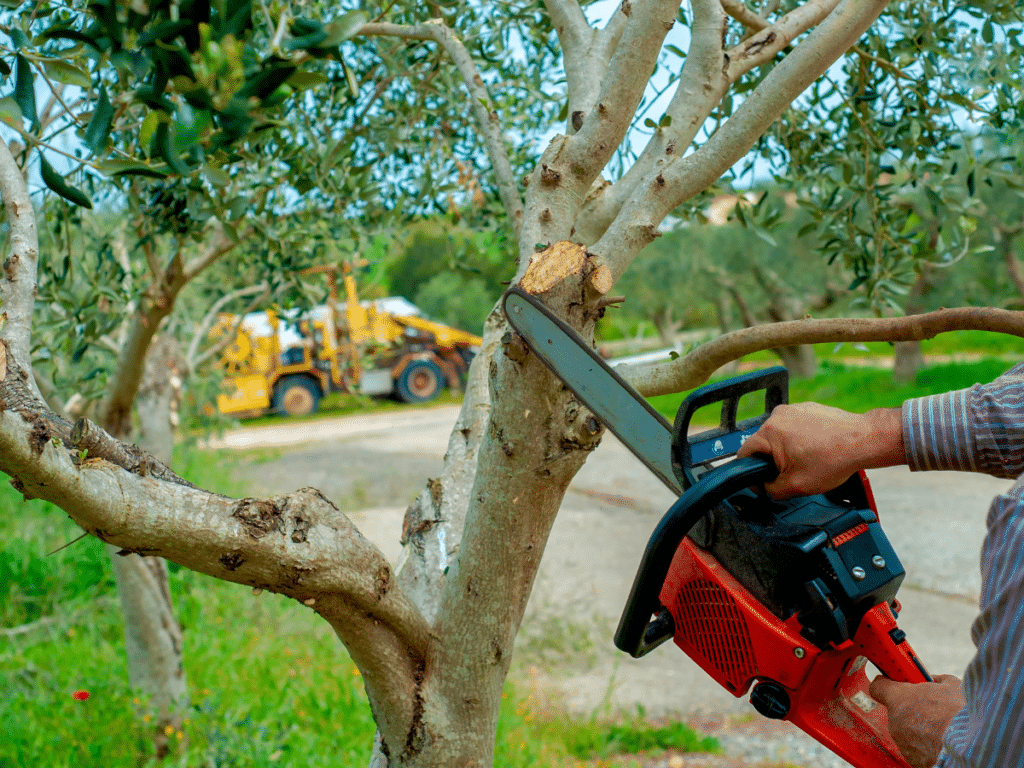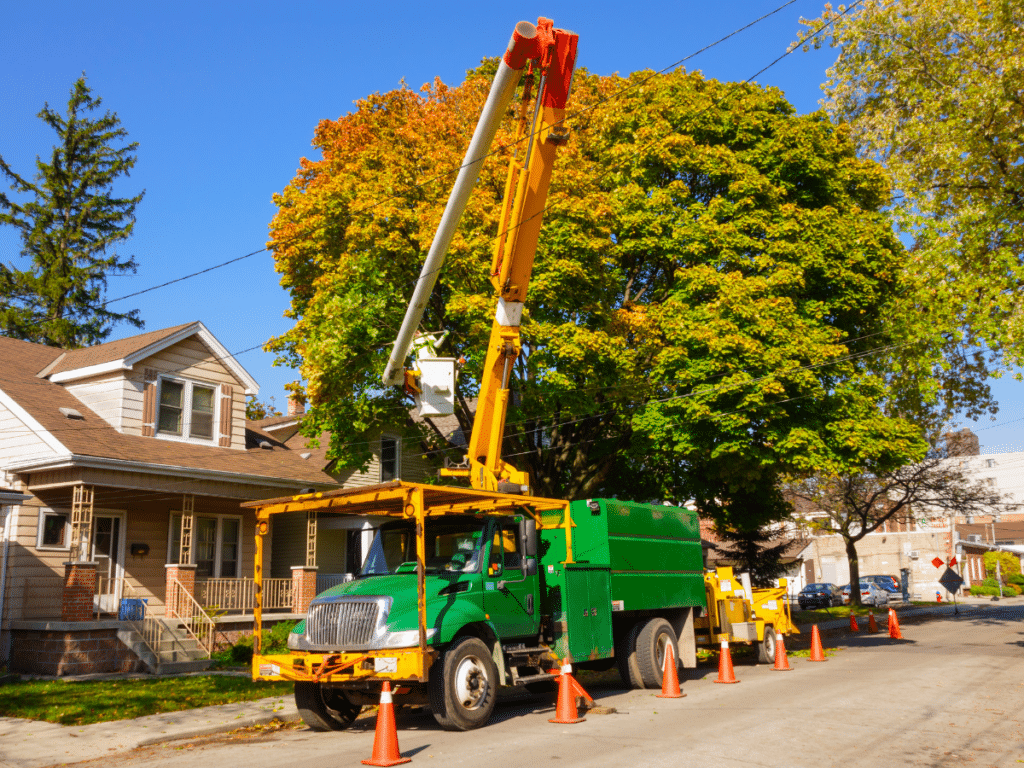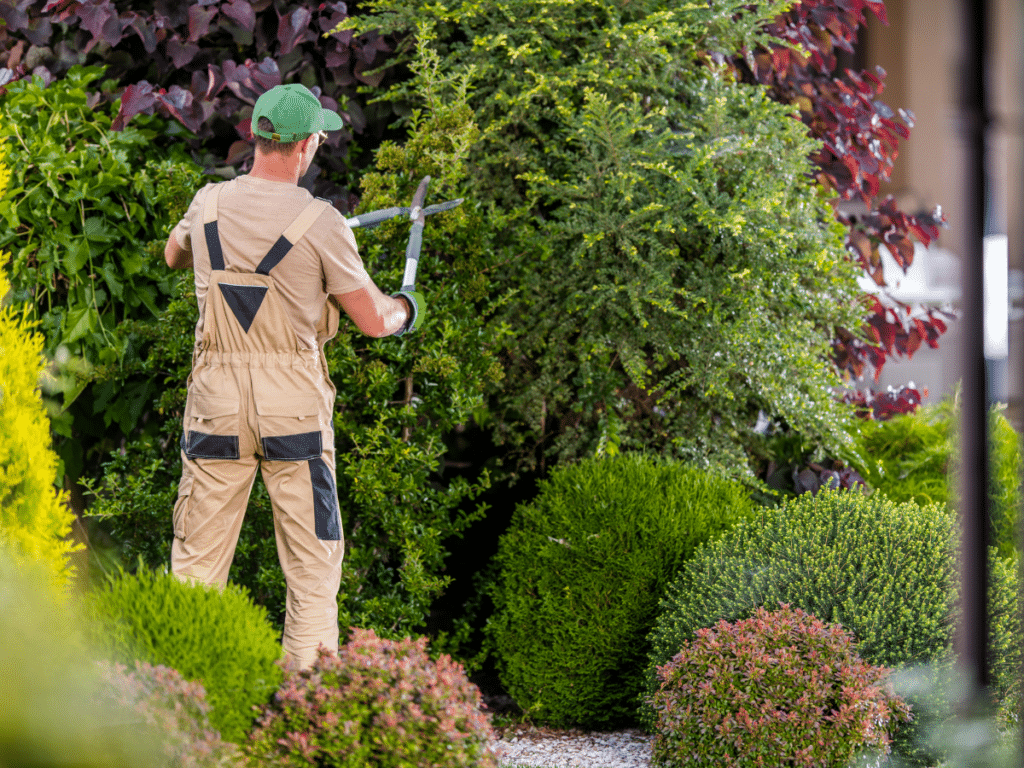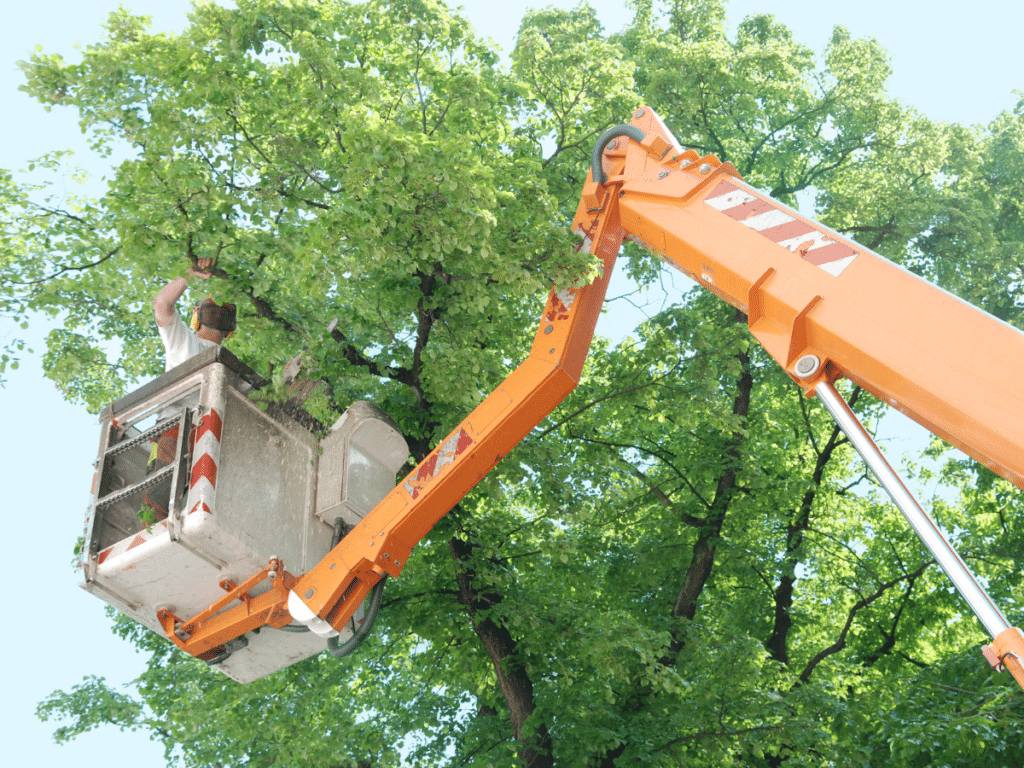
The Importance of Trees in Dallas
Trees are an essential part of the ecosystem in Dallas. They provide numerous benefits to both humans and wildlife.
Trees absorb carbon dioxide, a greenhouse gas that contributes to global warming, and produce oxygen, which we need to breathe. They also act as natural air filters by trapping particles like dust and smoke from the air.
In addition, trees help reduce flooding by absorbing rainwater and holding soil in place with their roots. Aside from their environmental benefits, trees also play a significant role in improving the quality of life for people living in Dallas.
Trees provide shade during hot summer months, reducing the need for air conditioning and lowering energy bills for homeowners. Additionally, trees can increase property values by enhancing the aesthetic appeal of neighborhoods.
A Brief Overview of the Tree Service Industry in Dallas
The tree service industry in Dallas is a thriving business due to the high demand for tree care services among residential and commercial properties. Tree service companies offer a wide range of services, such as tree trimming, pruning, removals, and stump grinding.
In order to maintain healthy trees on properties throughout the city of Dallas, it is important to enlist the help of experienced professionals trained in arboriculture – the science of cultivating trees – who have been educated on proper pruning techniques that ensure optimal health while minimizing risk.
Tree service companies often work with municipal organizations such as parks departments or public works departments to help maintain public spaces like parks or streetscapes where trees are planted along sidewalks or roadsides. The city’s Urban Forestry division is responsible for overseeing these efforts so that maintenance activities do not harm these valuable assets.
Dallas Tree Services: Enhancing Your Landscape and Ensuring Tree Health
Types of Tree Services
Tree Trimming and Pruning: Maintaining Tree Health and Aesthetics
Proper tree trimming and pruning are crucial for maintaining the health, aesthetics, and safety of your trees. Trees that are trimmed regularly tend to be healthier, live longer, and have a more visually appealing shape.
Additionally, removing dead or diseased branches can prevent them from falling on your property or injuring people. Different techniques should be used for different types of trees.
For instance, deciduous trees like oaks and maples can usually tolerate more aggressive pruning methods because they grow more vigorously. On the other hand, evergreens like pines require more conservative pruning strategies to avoid damaging new growth.
Tree Removal: When is it Necessary?
While it’s never ideal to remove a tree unless it’s absolutely necessary, there are several situations where removal is unavoidable. These include when the tree is dead or dying, poses a safety hazard due to its location or condition, or has grown too large for its space.
During tree removal, safety precautions should be taken by experienced professionals to ensure no damage occurs to surrounding structures, utility lines, or landscaping features. For instance, heavy equipment may need to be carefully maneuvered around obstacles during the process.
Stump Grinding: Benefits Beyond Aesthetics
After a tree has been removed from your property, you’re often left with an unsightly stump that can take years, if not decades, to decompose naturally. Stump grinding provides an efficient solution as it involves using specialized machinery to grind down the stump below ground level. Ground-up wood chips can then be used as mulch throughout your landscape beds or disposed of offsite.
In addition, stump grinding also prevents new growth from sprouting at the site where the old trunk was located, which can become unsightly if left unchecked for long periods of time. Furthermore, it can help prevent any hazards caused by tripping or having to mow around the stump.
Common Trees in Dallas
Dallas is home to a diverse range of trees, each with its own unique characteristics and benefits. Here are some of the most common types found in the city.
Oak Trees
Oak trees are a staple of the Dallas landscape, with several different types found throughout the city. The most common varieties include post oak, blackjack oak, and water oak. These trees play an important role in the ecosystem by providing shelter and food for numerous animal species.
In addition to their ecological benefits, oak trees also offer aesthetic beauty to neighborhoods throughout Dallas. Their broad canopies provide ample shade during hot summer months, while their vibrant fall foliage adds colorful accents to streets and parks.
Maple Trees
Maple trees are another popular species found throughout Dallas. Several different types can be found in the area, including red maple, sugar maple, and silver maple.
These trees are beloved by homeowners for their stunning fall colors and dense foliage which provides privacy from neighbors or busy roads. Maples are also beneficial for property values as they often add significant aesthetic appeal when appropriately placed on lawns or along street medians.
Pecan Trees
Pecan trees have deep roots in Texas history and continue to be a significant part of life in Dallas today. Many different varieties of pecan trees can be found around town, including Pawnee pecans (known for quick growth), Western Schley (a more drought-resistant option), and Desirable (considered one of America’s best-tasting).
Besides being delicious as nuts or added into recipes such as pecan pies or candied pecans – these majestic giants provide valuable shade to homeowners while being an essential part of Texas agriculture history dating back hundreds of years with notable orchards around Waxahachie TX – such as Royalty Pecans who focuses on the ranch to table dining experiences.
Dallas is fortunate to have an abundance of diverse tree species that provide both practical and aesthetic benefits to residents and visitors. With proper care from professional tree services, these trees can thrive for generations to come.
Tree Diseases and Pests
Oak Wilt Disease – Causes and Symptoms
One of the most common tree diseases in Dallas is oak wilt disease. This fungal disease primarily affects oak trees, which are prevalent throughout the city.
Oak wilt disease is caused by the fungus Ceratocystis Fagacearum, which invades the water-carrying vessels of the tree and disrupts its ability to transport nutrients. Symptoms of oak wilt disease include wilting leaves, leaf discoloration, and defoliation.
Trees infected with oak wilt disease can die within a matter of weeks or months if left untreated. The fungus can spread through root systems or by insects that feed on infected trees.
Treatment Options for Oak Wilt Disease
If you suspect that your trees have oak wilt disease, it’s important to contact a professional tree service company immediately. They may recommend treatments such as trenching around infected trees to prevent root transmission, injecting fungicides into healthy trees as a preventive measure, or removing infected trees altogether to prevent further spread. Preventative measures are key to avoiding oak wilt in healthy oaks: avoid pruning oaks from February 1 – June 30 when beetles are active (they are attracted to fresh cuts); don’t move firewood from red oaks; and don’t prune healthy oaks during beetle activity periods.
Emerald Ash Borer – Description and Life Cycle
Another serious threat to Dallas’ urban forest is the emerald ash borer (EAB). This invasive insect species attacks ash trees by burrowing into their bark and disrupting their ability to transport nutrients. EAB beetles are small metallic-green insects that lay eggs on ash bark in April-June; later, hatching larvae bore into ash bark, where they feed under the bark producing long serpentine galleries.
EAB has killed millions of ash trees in North America since its discovery in Michigan in 2002. EAB spread to Texas by way of infected firewood transported from other states and was first discovered infesting ash trees in Dallas-Fort Worth, Houston, and Austin areas around 2016.
Frequently Asked Questions
How much does it cost to cut down a tree in Dallas?
The cost to cut down a tree in Dallas can vary greatly depending on the size, health, and location of the tree, as well as the specifics of the job. As of September 2021, the average cost for tree removal ranged from $150 to $1,500. However, large or complex jobs could cost more than $2,000. Please contact local tree service providers in Dallas for the most accurate and up-to-date estimates.
How much does it cost to cut down a tree in Texas?
As with Dallas, the cost to cut down a tree in Texas varies depending on the size and condition of the tree, and the specifics of the job. The cost ranges mentioned above ($150 to $1,500, potentially more for large or complex jobs) should also apply to other areas in Texas. Please note that these are rough averages and actual prices can vary. It is recommended to get several quotes from different service providers for a more accurate estimate.
What is the biggest tree service in the United States?
Based on the latest update in September 2021, there isn't a definitive "biggest" tree service in the United States, as the industry is quite fragmented with many local and regional companies. That said, some of the larger and more recognized national companies include The Davey Tree Expert Company, Bartlett Tree Experts, and Asplundh Tree Expert, LLC.
Are there trees in Dallas?
There are trees in Dallas. The city is known for a variety of trees including Cedar Elm, Live Oak, Red Oak, and Pecan trees, among others. Dallas also has numerous parks and green spaces filled with trees.
Is it illegal to cut down trees on your own property in Texas?
In general, it is not illegal to cut down trees on your own property in Texas. However, there might be specific rules and regulations depending on the municipality or if your property is within a homeowner's association. For instance, some cities may have ordinances protecting certain types of trees, or requiring a permit for removal. Always check local laws and regulations before proceeding with tree removal.
Do you need a permit to cut down a tree in Texas?
Whether or not you need a permit to cut down a tree in Texas can depend on the city and the specific circumstances. Some cities may require permits, especially for cutting down larger or protected species of trees, or for tree removal within certain zones or areas of the city. Others may not require permits for tree removal on private property. It is always best to check with your local city or county offices to understand the specific regulations in your area.
Conclusion
Tree diseases and pests can have a devastating effect on Dallas’ urban forest. However, with proper management and treatment, many of these issues can be prevented or controlled. It’s crucial to work with a professional tree service company that has experience diagnosing and treating these issues to ensure the health and longevity of your trees.
Remember: early detection is key for managing tree diseases and pests, so don’t hesitate to contact a professional at the first sign of trouble. By taking an active role in caring for your trees, you can help preserve Dallas’ urban forest for generations to come.






